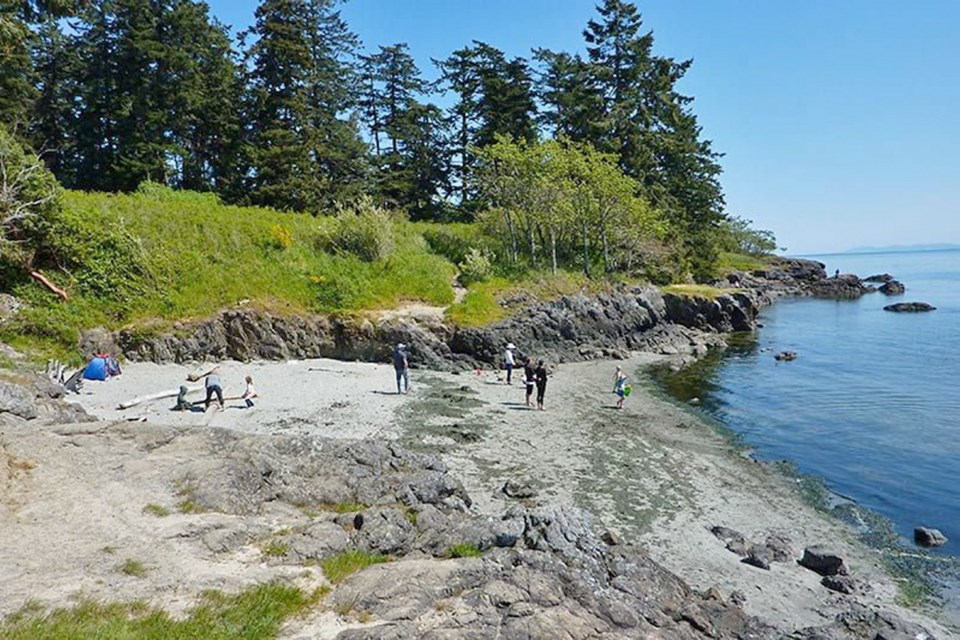Re: “Vote no to Saanich-Victoria amalgamation,” comment, Oct. 7.
For a former senior municipal official, Don Roughley seriously misunderstands the dynamics of local governance in the Capital Regional District, which the Times Colonist’s esteemed Jack Knox refers to as “dysfunction by the sea.”
While we both agree on the need for municipal reform and even for amalgamation, we strongly disagree on how to realize that “better is possible.” His advice to vote No is both incorrect and disheartening.
We all recognize that 13 municipalities and the CRD are too many. But how do we rationalize and realize reform? Roughley says go for it all and don’t just stop with two. The problem with his simplistic and idealistic solution is that it glosses over three realities:
First, the provincial legislation requires approval of all affected voters for amalgamation, and unfortunately the “tyranny of the minority” means if a small municipality votes no, they win (the lesson from North Cowichan and Duncan). Second, you need support and leadership from local officials to lead the cause of municipal reform, and clearly our history shows that you will never get all 13 to agree; Metchosin and Sooke don’t share much in common with Oak Bay. And Langford leaders simply want to relocate downtown to West Shore. The Peninsula Three are clearly separate from the urban core. Third, municipal reform, including changes to the role of the CRD, requires legislative change, and the province resolutely refuses to provide any leadership even to facilitate local dialogue.
The much heralded Capital Integrated Services and Governance Initiative report investigated opportunities for intermunicipal co-operation, but totally ignored how to realize that objective of increased partnerships. Worse, it ignored the topic of governance and failed to recognize the need for improving regional leadership and political accountability.
So how do we proceed? Last spring, the mayors of Victoria and Saanich and the majority of council members realized and were willing to publicly acknowledge that their voters had in 2014 almost unanimously asked for a review of local government. By some miracle, they once again have given their residents, who represent the urban core of our city, an opportunity for formal approval of a citizens’ assembly process to study the issue, costs, benefits, opportunities and options for municipal reform.
After public review of a report from the assembly, residents would again be given opportunity to thoughtfully consider and approve any possible changes, including possible amalgamation.
Residents of Victoria and Saanich realize where they sleep has no relationship to where they and their families work, shop, learn or play. Shoppers at Mayfair, Hillside or Walmart have no idea where municipal boundaries are. Family outings are to Elk Lake, Cadboro Bay Beach, Mount Doug, Mount Tolmie, Dallas Road or Beacon Hill. Daily, students are off to the University of Victoria, Camosun College or numerous public or private schools without realizing they have crossed the border.
Do we care where health, social or charitable services or the Royal Jubilee Hospital are located? We all share the Victoria Day Parade and we visit the Inner Harbour for fireworks and Symphony Splash. We recognize common interests in land-use planning, housing, transportation, emergency services and that most of us have the same mailing address.
If we have all that in common, let’s take a closer look at what is and isn’t working. A citizens’ assembly will undertake to provide a fair, balanced and independent review.
As to tactics: We can only dance with those who come to the party. At least over half of the residents of the region have an opportunity once again to tell their elected councillors of the need to ask questions and investigate possibilities for the future.
Mr. Roughley: It’s the only game in town, so let’s get serious and recognize the fact we share a common vision and not get caught up arguing amongst ourselves. Instead of grandiose visions, let’s agree to support “a strategy of the possible” and support those of us who, as citizen activists, realize the opportunity to “make haste slowly.”
Instead of waiting for the revolution, let’s encourage residents to vote Yes. Unfortunately, if we don’t do it this time, it might be another 40 years before our local politicians give us another chance.
A.J. Heemskerk, a Saanich resident, is a former board member of Amalgamation Yes.



